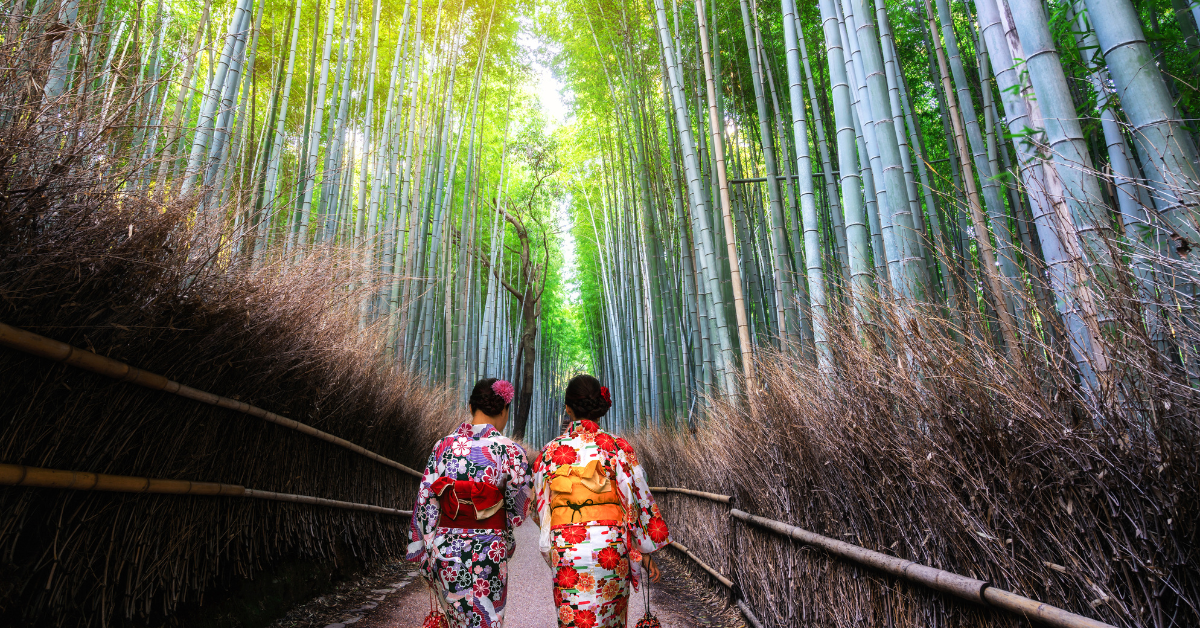The Historic Monuments of Ancient Kyoto, spanning Kyoto City, Uji City, and Otsu City, are a living testament to Japan’s cultural heritage and aesthetic values. For Japanese people, these temples, shrines, and gardens are not just tourist spots but spiritual sanctuaries that evoke nostalgia and pride. This article explores how Japanese view these sites and offers key insights for foreign visitors to appreciate their full depth.
What Are the Historic Monuments of Ancient Kyoto?
The Historic Monuments of Ancient Kyoto were inscribed on the UNESCO World Cultural Heritage List in 1994. The listing covers 17 temples, shrines, and castles located in Kyoto City, Uji City, and Otsu City, Shiga Prefecture. Since the relocation of the capital to Heian-kyo in 794, these sites have remained central to Japan’s politics, culture, and religion, and are often called the origin of Japanese beauty. Many Japanese describe these structures as a “spiritual hometown.” The landscapes harmonizing with the changing seasons and the meticulous architectural details offer spiritual healing that goes beyond a mere sightseeing experience.
| Registered City | Main Monuments | Features |
|---|---|---|
| Kyoto City | Kiyomizu-dera, Kinkaku-ji, Ginkaku-ji, Nijo Castle | Historic buildings and garden beauty |
| Uji City | Byodo-in | Architecture reflecting Pure Land Buddhism |
| Otsu City | Enryaku-ji | A central institution of Japanese Buddhism |
What Japanese Feel
Many Japanese experience a “sense of transcending time” when visiting these monuments. The scent of wooden buildings, moss-covered gardens, vermilion pillars, and the graceful curves of tiled roofs all connect the present to the past. Especially in spring with cherry blossoms and in autumn with colored leaves, the fusion of architecture and nature is deeply felt. For Japanese, these sights are often linked to memories of school trips or family travel, evoking both nostalgia and pride.
| Season | Highlights | Common Japanese Impressions |
|---|---|---|
| Spring | Cherry blossoms along the Philosopher’s Path, weeping cherries at Heian Shrine | “My heart feels cleansed” |
| Summer | Riverside dining near Kibune Shrine | “A refreshing elegance” |
| Autumn | Autumn leaves from Tofuku-ji’s Tsuten Bridge | “Breathtaking beauty” |
| Winter | Snow-covered Kinkaku-ji | “A heightened sense of stillness” |
What Foreign Visitors Often Feel vs. Japanese
Foreign visitors often perceive the Historic Monuments of Ancient Kyoto as a “cross-cultural experience” and a source of “spiritual tranquility”. In contrast, Japanese tend to focus more on the historical and cultural significance of the site. For example, the view from Kiyomizu-dera’s stage may be seen by foreign visitors as a grand scenic panorama, but by Japanese as a place tied to life milestones and personal reflection.
| Perspective | Foreign Visitors | Japanese |
|---|---|---|
| Main Appeal | Exotic architecture and culture | Historical background and spirituality |
| Key Sensations | Photogenic scenery, quietness, kimono experience | Seasonal atmosphere, connection to religious events |
Etiquette to Observe When Visiting
When visiting the Historic Monuments of Ancient Kyoto, it’s important to respect their role as religious sites as well as tourist attractions. This means bowing when offering prayers, behaving quietly within temple and shrine precincts, and following restrictions on photography. Many Japanese comment that they would like to see fewer acts that disrupt the tranquility.
| Etiquette Item | Reason | Japanese Awareness Level |
|---|---|---|
| Walk quietly | Avoid disturbing worshippers | High |
| Take photos only in designated areas | Cultural property preservation | High |
| Eat and drink outside temple/shrine grounds | Maintain purity | High |
Conclusion
The Historic Monuments of Ancient Kyoto are a spiritual anchor for Japanese people and a treasure trove of cross-cultural experiences for foreign visitors. Understanding the historical and religious background, and appreciating the seasonal beauty, can make your trip richer and more memorable. In particular, knowing about the Japanese feelings of “nostalgia” and “pride” toward these places can deepen your own travel experience. By including Kyoto City, Uji City, and Otsu City in your itinerary, you can go beyond simple sightseeing and spend time touching the very core of Japanese culture.






